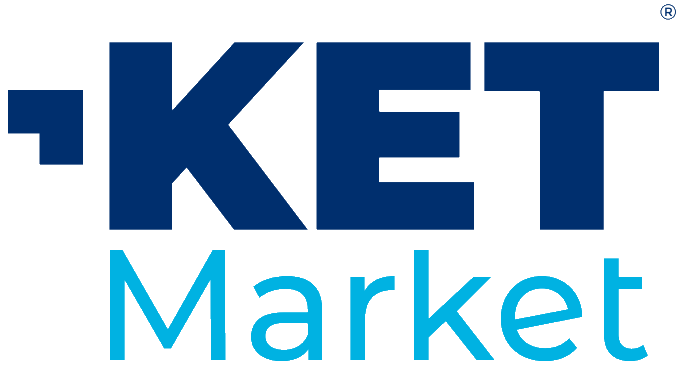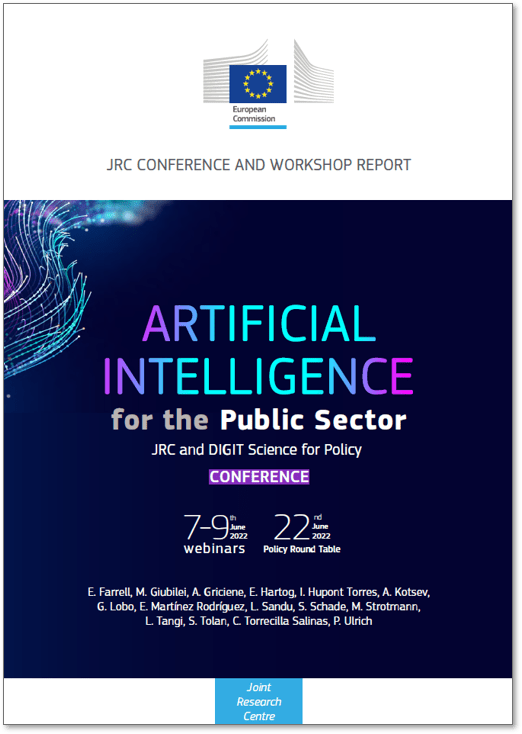In June 2022, the Joint Research Centre (JRC) and the Directorate-General for Informatics (DIGIT) of the European Commission hosted a hybrid conference and webinar series focused on the use of Artificial Intelligence (AI) in the public sector. This event brought together policymakers, researchers, technologists, and civil society to explore the promises, risks, and regulatory implications of AI in government contexts.
The Role of AI in the Public Sector
AI is transforming the public sector in multiple ways:
-
As a regulator, governments set the legal frameworks for AI deployment.
-
As an accelerator, they support innovation through funding and policy.
-
As a user, public institutions themselves are adopting AI to improve service delivery and decision-making.
The event explored these roles, especially the public sector’s use of AI, and produced a set of practical insights and policy recommendations.
Key Takeaways
-
Trust is Fundamental Trustworthy AI is essential for citizen acceptance. This means not only technical robustness, but also transparency, explainability, fairness, and human oversight. Trust in AI systems is vital for their legitimacy and societal acceptance.
-
Experiment First, Scale Later The “test-before-invest” approach was recommended, using living labs, sandboxes, and regulatory pilot zones to explore AI implementations in real-world public services before broad roll-out.
-
Multi-Stakeholder Cooperation Effective AI in the public sector requires cooperation across ministries, between governments, academia, industry (particularly GovTech startups), and civil society.
-
Capacity Building and Skills There is a pressing need for upskilling public employees. Building in-house AI capabilities fosters trust, ensures ethical oversight, and empowers governments to manage AI implementation effectively.
-
Adapting Public Procurement Traditional procurement models are ill-suited to AI development. The shift from purchasing fixed solutions to co-developing AI systems requires more agile, innovation-friendly procurement processes.
Challenges Identified
The report categorized implementation challenges into five areas:
-
Trustworthiness – Ensuring that AI systems are safe, explainable, and ethically sound.
-
Cooperation – Breaking down silos between agencies and fostering cross-sector innovation.
-
Procurement – Navigating complex regulations and vendor relationships while retaining control over algorithmic tools.
-
Data – Ensuring high-quality, accessible data is available for training and operating AI models.
-
Skills & Talent – Overcoming human resource gaps and attracting top AI talent into public institutions.
Policy Outlook
The conference discussions also addressed the upcoming EU AI Act, which will regulate high-risk AI systems in both the private and public sectors. Attendees emphasized the importance of:
-
Developing clear guidelines and tools for public administrations.
-
Ensuring transparency and accountability through public registries of AI systems.
-
Maintaining citizens’ fundamental rights in the age of automated governance.
Conclusion
AI holds immense potential for modernizing public services and policymaking, but it must be deployed carefully. The European Commission envisions a digital transformation rooted in trust, inclusion, and ethics—putting citizens at the heart of AI. This report provides valuable guidance for navigating this complex landscape, making it a must-read for anyone involved in public sector innovation.

